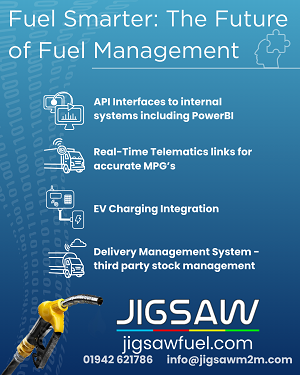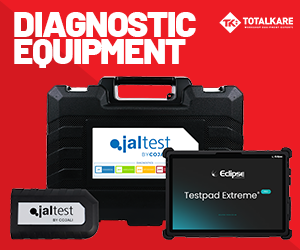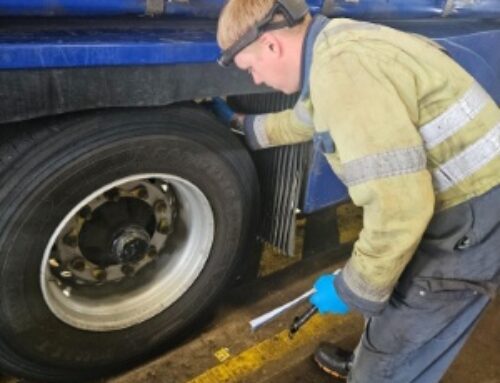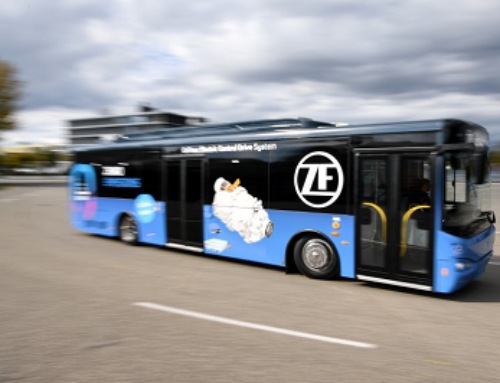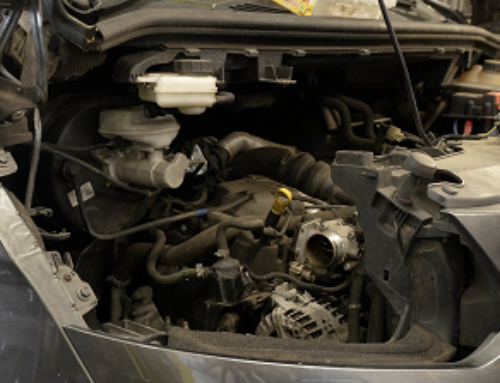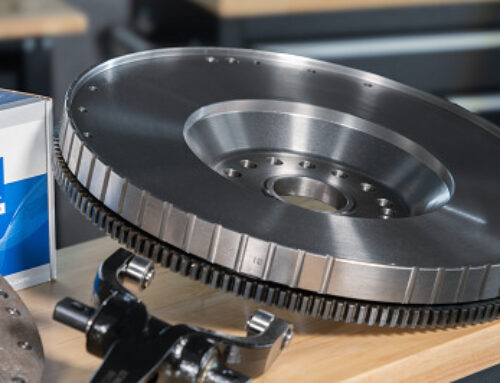Trailer braking in the spotlight
 BPW Limited discusses fault diagnosis for trailer braking systems
BPW Limited discusses fault diagnosis for trailer braking systems
Our Customer Services team is frequently called upon to help diagnose problems with trailer braking systems. Nowadays, these are nearly all controlled by EBS (electronic braking system) and this can aid with the diagnosis of system faults.
Problem causes can be largely split into three areas: the foundation brake (disc or drum), the trailer brake control system (ABS or EBS) and the towing vehicle.
Very often the clues to the cause of the problem will lie in the condition of the friction material (brake linings or pads) or on the friction surfaces of the drums or discs. Sometimes the symptoms for both drum and disc brakes can be similar but it must be borne in mind that as disc brakes run hotter than drum brakes, these symptoms will vary across the two systems.
Below, we describe some of the most commonly encountered problems.
Case 1
A trailer is presented for the annual MOT test and fails on brake performance; very often this its first test. The driver has not complained about poor brakes, so the first thing that we would do is to look at the condition of the friction material and friction surfaces.
In most cases it will be seen that the friction surfaces are shiny and that the friction material exhibits very little wear for the mileage that the vehicle has covered, and also has a sheen on the surface. This is a classic case of brake under-utilisation, sometimes referred to as glazing.
With endurance braking (retarders and engine braking) included as standard on most modern towing vehicles, this is now a very common problem. With EBS systems the towing vehicle has control of the braking balance between tractor and trailer.
Sometimes there are a couple of tweaks that can be done on the trailer EBS system, but very often the remedy lies in liaison with the towing vehicle manufacturer to request an adjustment to the tractor EBS system.
People ask why this occurs at MOT time when the driver has previously not complained about poor braking. The answer lies in the braking pressures involved: during normal driving the brake pressures delivered to the brake chambers are below 2 Bar for 95 per cent of the brake applications. Even during an emergency stop the pressures are no more than 4 Bar.
During the brake roller test the pressures are taken right up to 6.5 Bar. Air pressure is directly proportional to friction surface pressure, and it is at these higher pressures that the under-utilisation effect takes place.
Occasionally we still come across cases where the vent plug bungs have not been removed when the brake chambers have been fitted to the foundation brake. This is especially troublesome with disc braked axles but also causes problems with drum braked axles.
Depending on which plugs have been left in place, there can be either a pressure retained in the low-pressure housing, causing a binding brake, or there can be a residual vacuum in the housing which has to be overcome by air pressure before the brake can be applied. It is this latter case which will manifest itself as under-utilisation.
Note: Sometimes the bungs may be left in on only one or two wheel stations, causing the problem on those corresponding brakes.
Case 2
Customer Services receives a complaint of braking issues, normally poor brake performance. The trailer is two or three years old, and in these cases the problem has usually been reported by the driver.
The clue here is that the brakes have performed well until now, and the owner is asked what has changed: is there a new driver or a new towing vehicle, or is the trailer being used on different types of work? The normal response is that “nothing has changed but we have relined the brakes a little while ago.”
Further investigation discovers that different or non-original linings have been fitted and this has upset the brake balance. During design, the coefficient of friction of the friction materials is balanced to the metallurgy of the friction surfaces, and any deviation in these two components can cause problems.
Don’t forget that during the manufacture of the trailer, a set of brake calculations is performed using the known parameters of the original equipment specifications of the friction materials. If this is changed, then the brake performance will also change.
Case 3
This is really a combination of Cases 1 and 2. A customer may have suffered with under-utilisation and has overcome the effect of this by fitting a different type of brake lining which has a higher coefficient of friction. All may have been well for the first few weeks or months, but then problems arise. The heat generated by the higher coefficient of friction may cause the surface temperatures to rise on the friction material and friction surfaces, giving rise to surface cracking.
Some surface cracking is normal and it is removed continually by the natural action of wear in the friction components. Indeed, this is evidence of a healthy braking system where the friction surfaces are a dull pewter colour and the friction material is a matt grey colour.
If cracks are generated too rapidly, they become larger and join up, eventually forming long cracks which propagate through the brake disc or drum. In these cases, the friction material will start to disintegrate because the resin that bonds the material together has been drawn out and burned off.
The remedy here is to replace the friction materials and the drums or discs if they are too badly damaged, and then to investigate why the under-utilisation occurred in the first instance.
Case 4
This case is really the opposite of Case 1. The customer will call to say that they are unhappy with the life they are getting from the friction material, or worse still, the brake linings or pads are burning out with excessive heat. Normally these cases demand a visit from one of our engineers, ideally to see the vehicle before material has been replaced. The engineer will check the condition of friction surfaces and material on all wheel stations.
If the problem is only down one side of the trailer, it may suggest a problem with one of the modulator valves in the braking system. If the problem is only on one wheel station, then this may point to a problem with the brake chamber (remember the bungs) or the foundation brake itself. If the problem is uniform, then he will look at the data in the EBS system.
The brake pressure control settings in the ECU (electronic control unit) will be checked and if BPW Limited has carried out the brake calculations, the parameters will be checked against those on the calculation sheet. The onboard data will be downloaded and checked for evidence of overloading, speeding, ABS cycling, roll stability activations and prime mover ESC (electronic stability control).
ABS cycling where the ABS system continually sends test pulses down to the brakes because of high cornering speeds can be a problem which is resolved either by driver training or liaison with the manufacturer of the system to eliminate any programming issues.
In cases where none of the above checks reveal a reason for the high component wear, then we may have to resort to more high-tech testing to determine tractor/trailer braking balance.
Testing developments
We used to perform these tests statically by installing pressure gauges and regulator valves onto the tractor/trailer combination and monitoring pressures in the complete combination. With the widespread use of EBS the braking pressures balance out dynamically when the vehicle is in motion and we have developed our own testing equipment to measure this.
The towing vehicle and trailer are installed with pressure gauges, temperature gauges and accelerometers and data is fed back to a laptop computer in real-time as the vehicle is driven on a typical route. Later the data is analysed and imbalances in braking identified. When the cause of the problem is identified we can then work with the tractor manufacturer and resolve the issue.
In the paragraph above, you will have read that we use temperature gauges on our dynamic testing equipment. Because braking pressures are dynamic and are a function of the braking demand from the driver and the ECU settings in the towing vehicle, they are no longer an accurate measure of braking effort.
We now measure temperatures on the discs or drums as this is directly proportional to the amount of braking effort for a given size of brake.







